Why do tack hammers have a split?

Why do tack hammers have a split? Many people notice the split in a tack hammer head but don’t know what it’s actually for. The split in a tack hammer holds small tacks using magnetism, allowing for precise one-handed placement. This design is essential in upholstery, cabinetry, and light decorative metalwork. LOOP_START What is the […]
What is an engineer’s hammer?
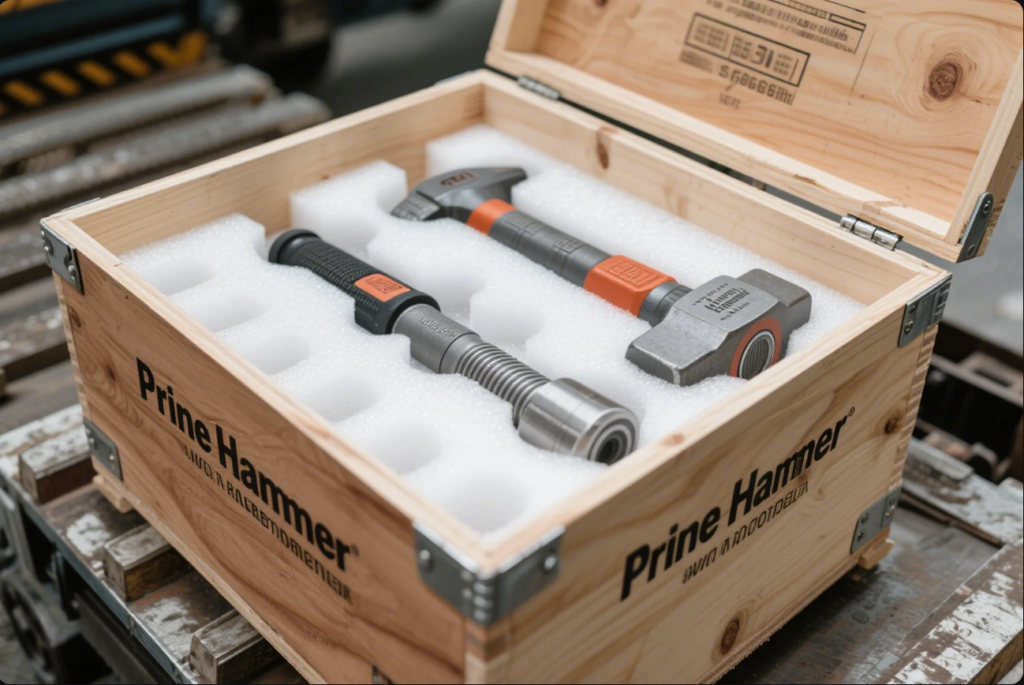
What Is an Engineer’s Hammer? All You Need to Know Before Sourcing When sourcing industrial tools, buyers often struggle with hammer terminology, confusing engineer’s hammers with drilling hammers, club hammers, or mini sledgehammers. As a result, procurement managers risk selecting the wrong product, wasting money and time. An engineer’s hammer is a robust, short-handled tool […]
What is the round end of a hammer for?

What is the round end of a hammer for? Many metalworkers and DIYers see the round end of a hammer but never fully understand its purpose. The round end—called a ball peen—is used for shaping metal, peening rivets, and smoothing sharp edges. Using it correctly increases control in finishing tasks and light shaping processes. LOOP_START […]
Can aluminum be hammer forged?

Can aluminum be hammer forged? Many people believe aluminum is too soft or brittle for forging—but the truth depends on the alloy and method used. Aluminum can be hammer forged if the right alloy and controlled temperatures are used. Using correct techniques, aluminum forging produces lightweight yet strong components for aerospace, automotive, and industrial parts. […]
Can you use a ball peen hammer for forging?
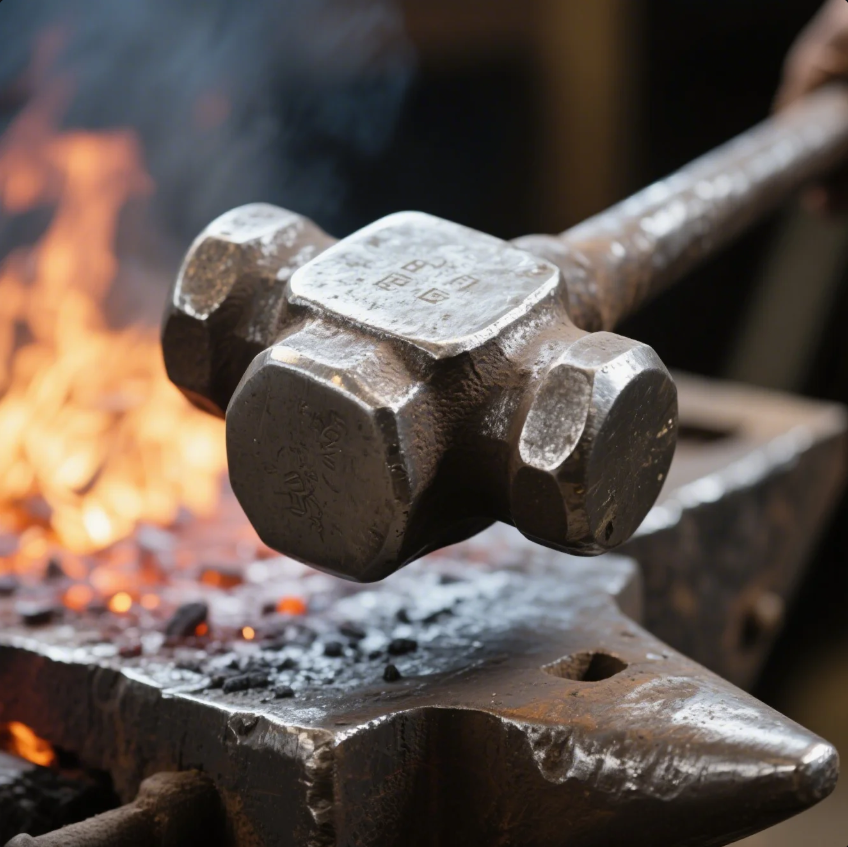
Can you use a ball peen hammer for forging? Many beginners assume any hammer will work for forging—especially the commonly available ball peen hammer. A ball peen hammer can be used for very light forging, but it is not ideal for shaping hot metal. Using the wrong hammer limits control, damages your tools, and reduces […]
Is hammer forging better than press forging?
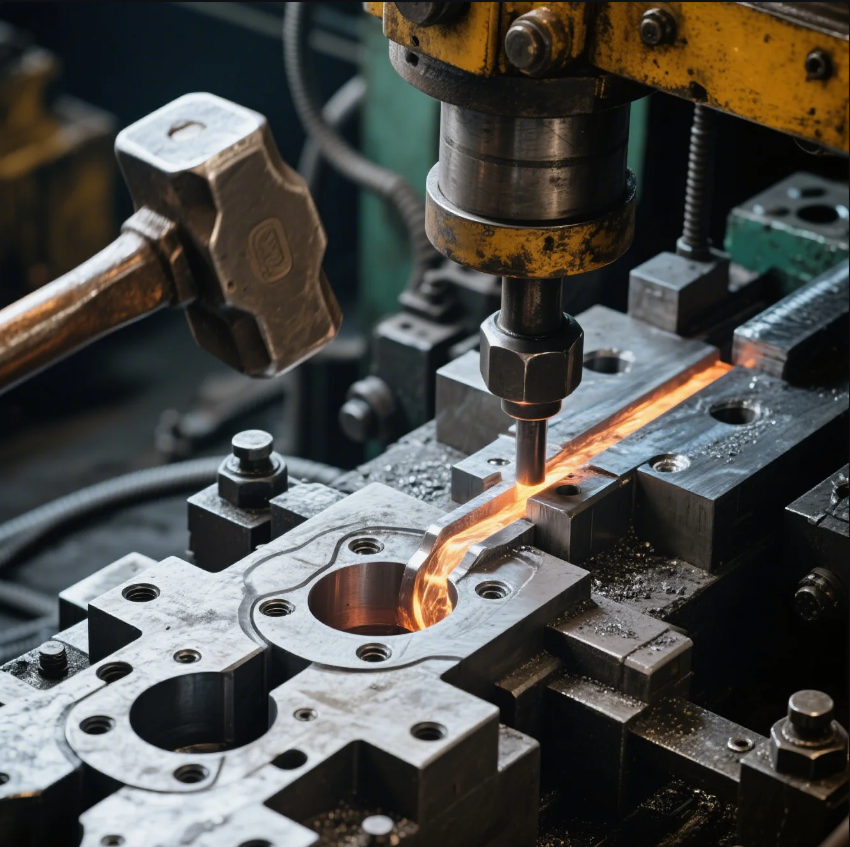
Is hammer forging better than press forging? Forging buyers often feel stuck choosing between hammer forging and press forging—each has pros and tradeoffs. Hammer forging uses impact blows; press forging uses steady pressure. Your choice depends on precision, volume, and material type. Don’t just follow tradition—understand how each method fits your product needs and quality […]
What is a blacksmith hammer called?
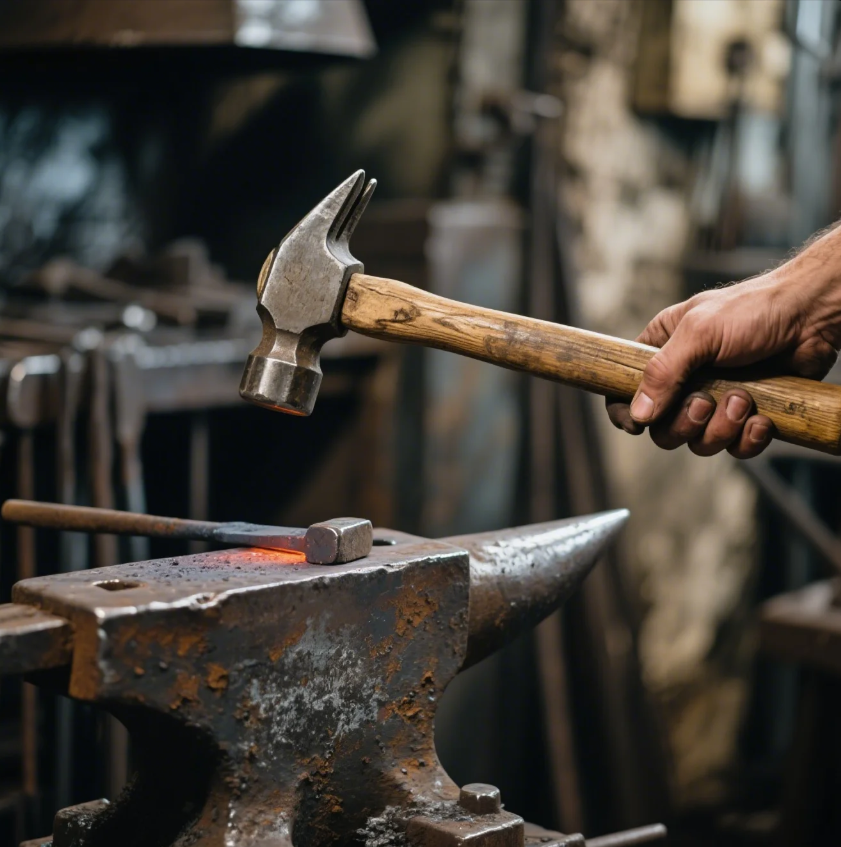
What is a blacksmith hammer called? Many new blacksmiths struggle to identify the right hammer type for forging efficiently and safely. The main hammer used by blacksmiths is called a cross peen hammer, ideal for shaping hot metal. There are several types, each with unique purposes—knowing which to use saves time and boosts precision. LOOP_START […]
What pound hammer for blacksmithing?
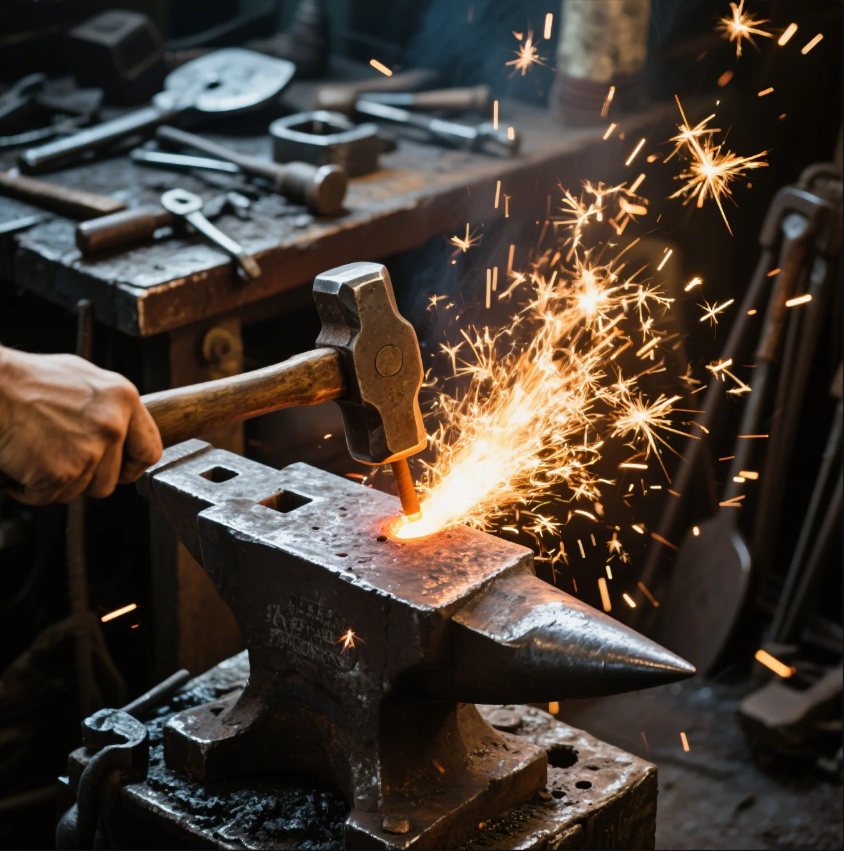
What pound hammer is best for blacksmithing? Blacksmiths often struggle with hammer weight—too heavy, you lose control; too light, you waste energy. Choosing the right blacksmithing hammer weight improves precision, reduces fatigue, and enhances forging efficiency. Learn how different hammer weights affect forging and avoid common mistakes many beginners make. LOOP_START What weight hammer should […]
Does bending metal make it stronger?
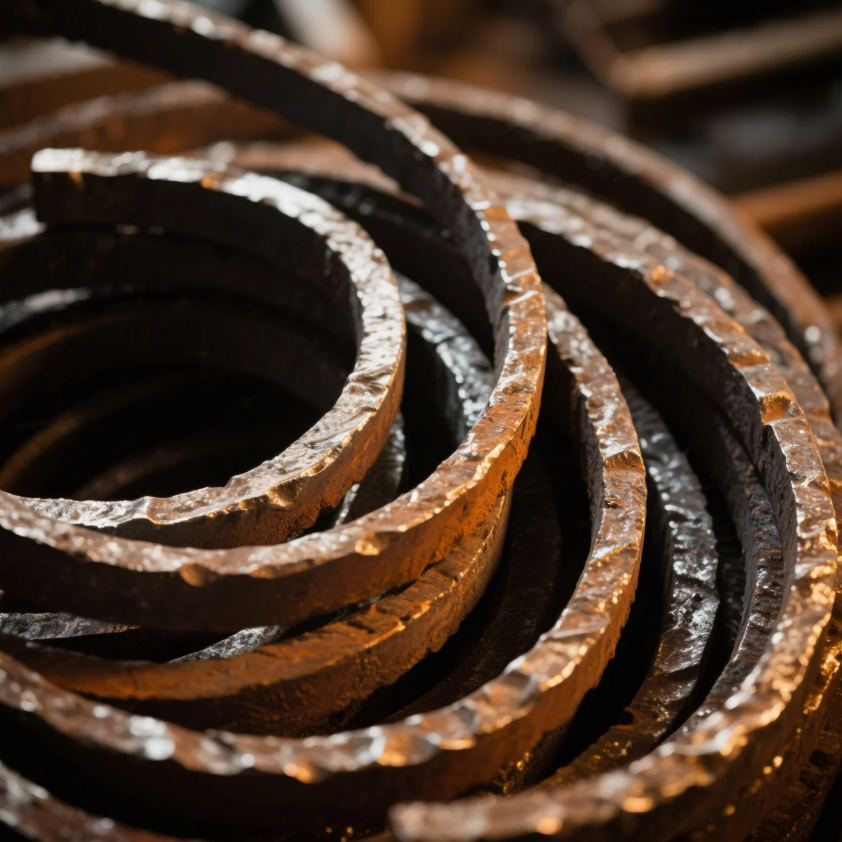
Does bending metal make it stronger? Bending metal seems simple—but what if it’s changing its strength too? Bending can harden metal, but only under specific conditions like cold working or plastic deformation. Let’s explore how bending really affects metal’s strength, and how to use that knowledge for better parts. Does metal get stronger when bent? […]
Why do blacksmiths use salt?
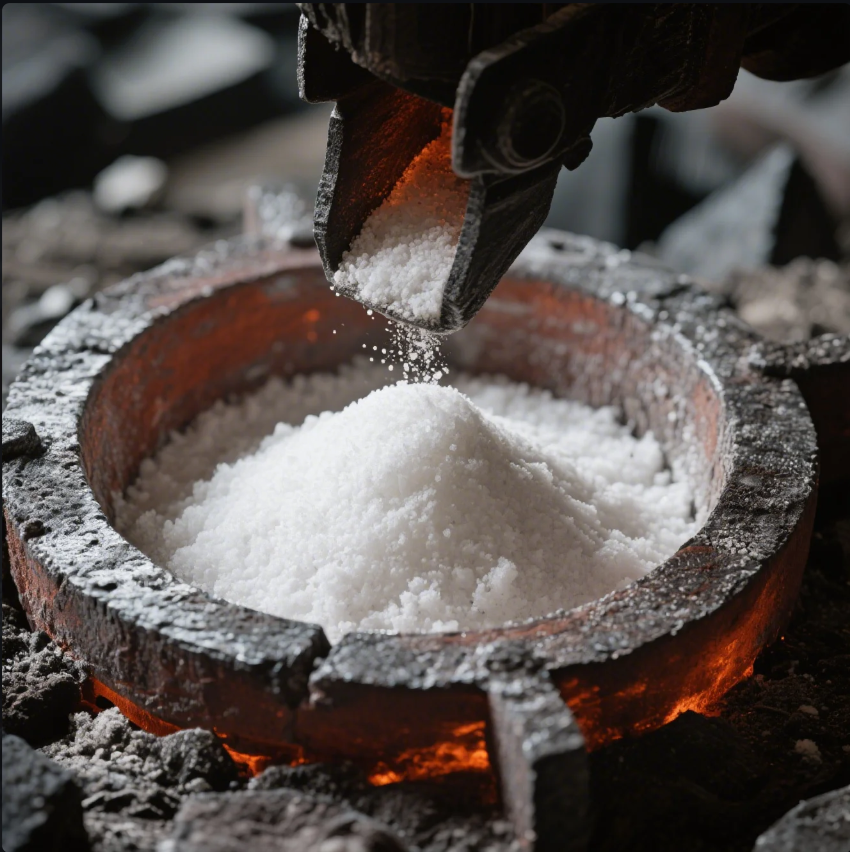
Why do blacksmiths use salt and how does it help in forging? While fire and steel are the stars of blacksmithing, some surprising materials—like salt—also play a hidden role. Blacksmiths may use salt to clean scale, prevent oxidation, or as a base in custom flux recipes during forging. Let’s explore the science and tradition behind […]

